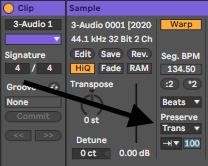Tools To Understand Your References
We’ve all been there—struggling to compose that perfect melody or write those captivating lyrics, only to be hindered by the relentless pursuit of originality. But what if we told you there’s a way to break free from this creative conundrum and discover a whole new dimension of musical ideas?
No matter how many times I get to my computer to make music, I’m often on 2 modes: trying to make music that will be completely original or trying to emulate ideas that I love (eg. the opposite of being original). In most cases, I forget that I have fun unless things feel flowy. Luckily there are multiple techniques that can be understood from music we love and there are also many facilitating tools to help understand whatever is the magic of certain songs. I’ll suggest some of the tools I use when I do production for clients.
Recently I read the book by Austin Kleon’s book, “Steal Like an Artist,” where we’ll uncover five valuable ideas to set your musical exploration. I felt like I could see how this applied to music.
Embrace the Remix Revolution:
In a world overflowing with music, finding absolute originality can feel like searching for a needle in a haystack. But fear not! Kleon suggests embracing the concept of the remix—a creative collage of existing ideas and influences. Remember, even the most renowned musicians have been inspired by the sounds of yesteryear. So, dive into the archives, explore different genres, and let the magic of cross-pollination unleash your musical prowess!
The first exercise I give to any client who is in a writer’s block that won’t go away, I suggest them to get a bunch of loops and start remixing, without any goal. I would like to say that while this is the best remedy for most cases, some feel like this is stealing samples and such. But if the mind is stuck, it’s mostly due to overthinking. Getting the ball rolling with a simple exercise of playing with premade ideas is just an opened door to jump back and then expand to whatever feels right.
TIP: It’s hard not to have fun by using the vast amount of quality loops you’ll find on Splice. It also offers possibilities of rent to own synths, plugins or have presets for the genres you like. It also has a desktop app where you can preview loops, then import them in your DAW. I like also that you can sync the app with your project’s tempo by using the Splice VST.
Another alternative is to use Loopcloud, which is a bit like Splice but also features some tools like a really lovely drum machine where you can import any sounds from the library.
TIP 2: I like to use Soundsnap for samples. It features so many found sounds, foleys, random recordings. It’s used in movies and it can be used in your songs as well.
Swipe Ideas, Not Identity:
As musicians, it’s natural to aspire for a unique sound that sets us apart. However, trying to force originality often leads to creative paralysis. Instead, take a leaf out of Kleon’s book (literally!) and steal ideas shamelessly. But here’s the catch: focus on the elements you admire and rework them into something entirely your own. Give credit where it’s due, but don’t be afraid to put your personal spin on things. After all, the world doesn’t need another copycat—it needs the extraordinary blend that only you can create!
Now, remixing can be more subtle. You could listen to Keith Jarrett, some old Studio One dub, modern classical and then pay attention to the sound used, how they are said (melody) and the space created.
What are you noticing? Are the notes slow or fast? Is it dense or open? What is the time signature?
Write down the notes, then apply the concept to whatever you do. That’s cross-pollination.
TIP: You can buy MIDI packs or MIDI melodies a bit everywhere and look into ideas that aren’t in the genre(s) you’re doing. The MIDI notes don’t make a sound, they’re just melodies. You can use random harmonic sounds or use synths of your choice so you can pull out melodies that are out of your routine.
TIP 2: So many clients don’t realize that one step towards their songs feeling more professional is to use one root key with a scale. I like the numerous tools from Captain Plugins. They have studio related plugins that lets you understand the key and scale of important ideas or your own melodies (eg. some clients just improvise some melodies to later find out it is in a specific scale without knowing!). You can also look at Tonic for that type of analysis.
Curate Your Influences:
Ever heard the saying, “You are what you eat”? Well, in the world of music, “You are what you listen to!” Surround yourself with a diverse range of musical influences. From classical compositions to avant-garde experiments, absorb it all like a musical sponge. By curating a unique tapestry of influences, you’ll develop a rich palette of sounds to draw from. So, don’t be afraid to embark on a sonic adventure—you might just stumble upon the spark that ignites your musical genius!
To make quality music, you need to be exposed to quality songs.
This means, listen to music as much as you make some. From what you listen, try to diversify your repertoire as much as possible. When you discover an artist you like, dig his roots, early works and recent ones.
Befriend people who have deep love for music and ask them for recommendations. People aren’t asked enough about their favorites but it’s a loved topic if you’re into music.
I love this max patch that opens up the directory of all the sounds from Freesound.org. I love that site because it’s free but also because you can ask for random samples. I also like this page that gives me random Youtube videos to watch…
TIP: Elphnt did a nice patch that gives you ideas for starting new ideas or if you lack ideas at some point.
Constraints Set You Free:
Contrary to popular belief, constraints can be a musician’s best friend. Kleon emphasizes the importance of setting limitations to unleash your creativity. By giving yourself specific boundaries, such as time restrictions, limited instruments, or even unusual song structures, you force your mind to think outside the box. These self-imposed challenges become the catalyst for innovation, paving the way for musical breakthroughs you never thought possible.
TIP: Make yourself a drum kit and just a few samples for your song making. Pick a random songs and use that as a template for yours (BPM, section, mood, key, scale, etc). I love the tool of Decoda because it can really help pulling out a melody or understanding of how a song is arranged.
Embrace the Journey:
Creating remarkable music isn’t a sprint; it’s a lifelong marathon. As you embark on your musical odyssey, remember to enjoy the ride. Kleon encourages artists to embrace the process rather than obsessing over the end result. Each composition, each practice session, and each stumble along the way is a vital part of your growth as a musician. So, buckle up and savor the adventure, because it’s the journey itself that shapes you into the artist you were meant to be.
But what happens when you’re a dad or you have a demanding job and you can’t invest much time into your favorite hobby? The journey becomes a bit more complicated. Can you still embrace the results without having the time to do what needs to be done to get your project going?
There you have it, intrepid musicians! Armed with Austin Kleon’s invaluable insights from “Steal Like an Artist,” you now possess the secret weapons to break free from the shackles of creative blockages. Embrace the remix revolution, swipe ideas with pride, curate your influences, thrive within constraints, and, above all, savour the journey.
Remember, the music world is your oyster. So dive in fearlessly, create unapologetically, and let your stolen melodies reshape the very fabric of musical innovation.

 The first thing producers can do is listen to music before they make it. This might be a huge “duh” statement, but how many people actively listen to music? How many people come home, crack a beer, put on a record, and then just sit there, doing nothing else, except engaging with the music? 10%, maybe? However, it’s this 10% of people who have set themselves up for success if they are music writers themselves.
The first thing producers can do is listen to music before they make it. This might be a huge “duh” statement, but how many people actively listen to music? How many people come home, crack a beer, put on a record, and then just sit there, doing nothing else, except engaging with the music? 10%, maybe? However, it’s this 10% of people who have set themselves up for success if they are music writers themselves.
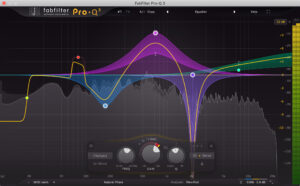
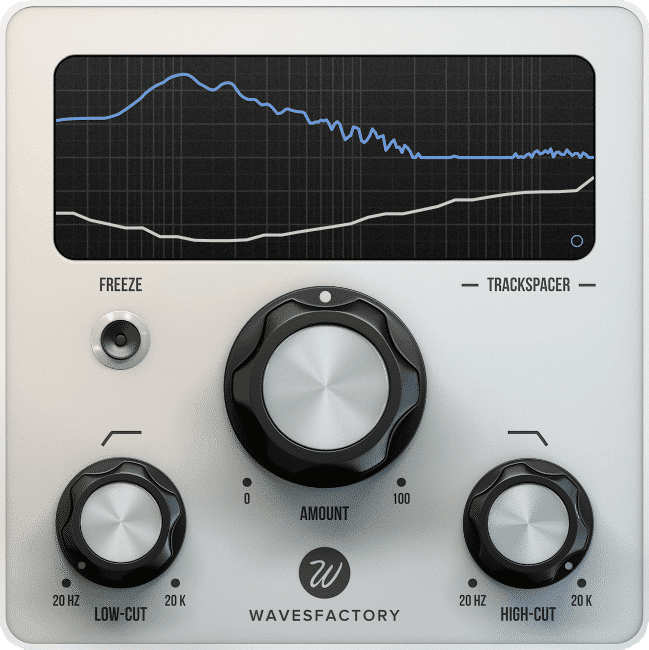
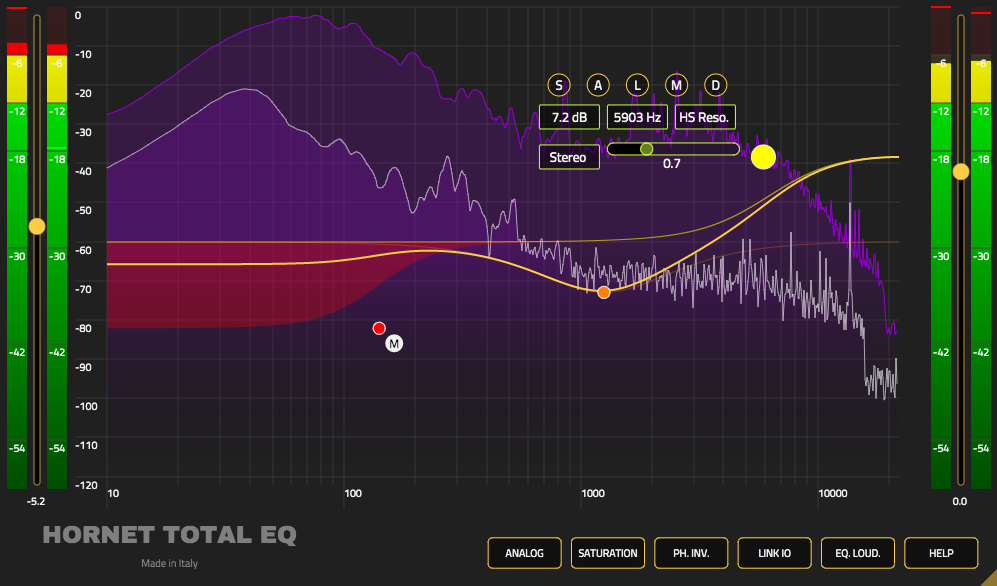
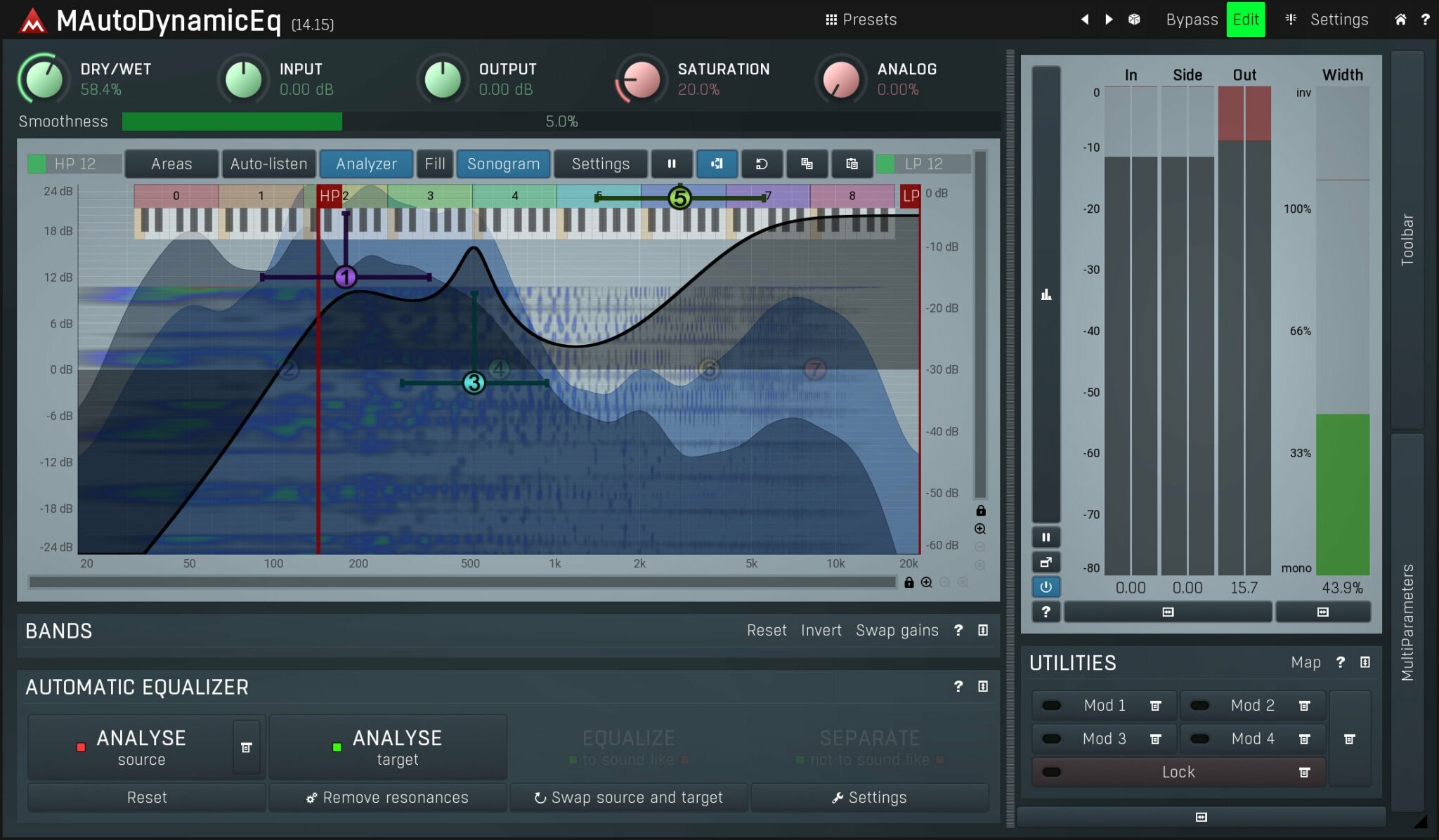
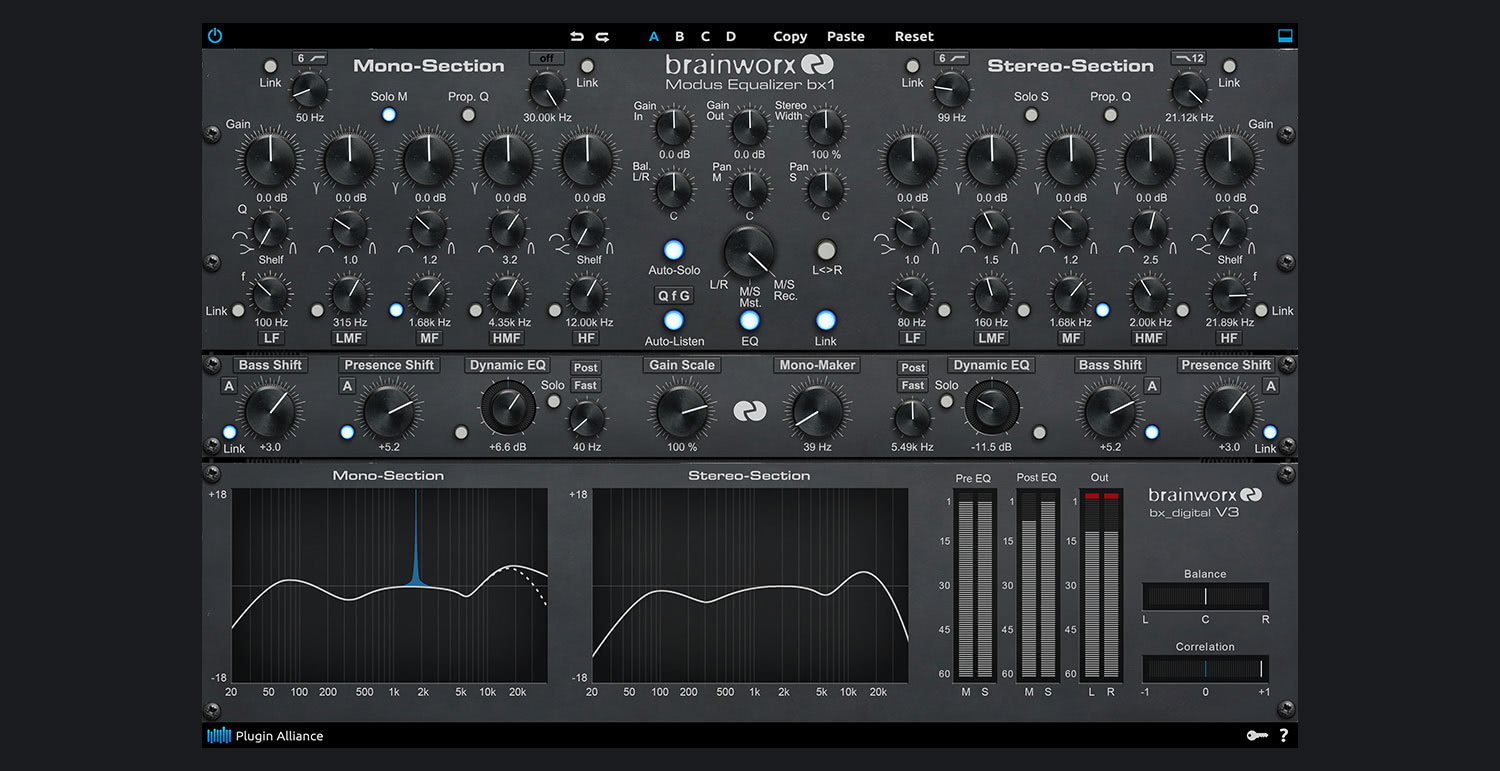
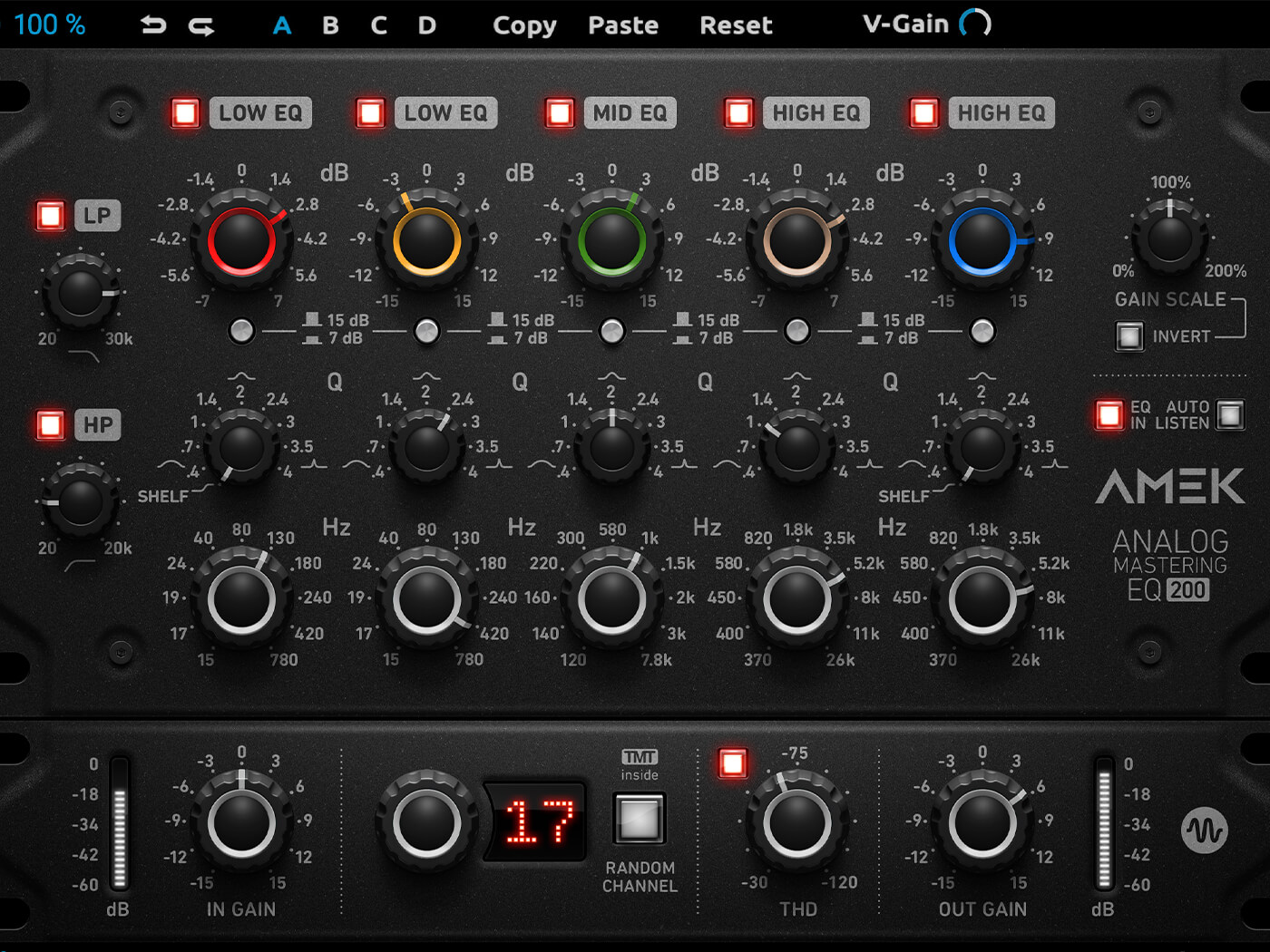
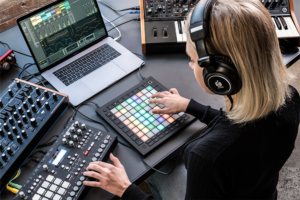

 One thing that I love doing is to work with unestablished artists. It’s why I have
One thing that I love doing is to work with unestablished artists. It’s why I have  Not all genres are the same, and they require different equipment. If you were to record a cowboy outlaw record, it’s probably not the best idea to go to a micro house producer. However, I have had rock bands come to me because they wanted their album to sound electronic in nature, despite it being a rock album.
Not all genres are the same, and they require different equipment. If you were to record a cowboy outlaw record, it’s probably not the best idea to go to a micro house producer. However, I have had rock bands come to me because they wanted their album to sound electronic in nature, despite it being a rock album.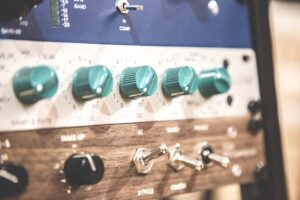 Perception is reality, and some people have different perceptions on what things are supposed to be. Especially when dealing with their art. With audio, producers often get married to their sounds, thinking that they should be specifically in this spot in the mix, when, in reality, it probably won’t translate the way you want it to. This may come from hearing said sound over and over again in whatever room, or on whatever medium they were listening to while they were making it. However, in a well treated room, with calibrated equipment, or conversely, in a club with a good, or poor sound system, it may not translate exactly how you anticipate. Some people are more judicious about this, and accept the reality. However, some you just can’t please. So is the way of the artist.
Perception is reality, and some people have different perceptions on what things are supposed to be. Especially when dealing with their art. With audio, producers often get married to their sounds, thinking that they should be specifically in this spot in the mix, when, in reality, it probably won’t translate the way you want it to. This may come from hearing said sound over and over again in whatever room, or on whatever medium they were listening to while they were making it. However, in a well treated room, with calibrated equipment, or conversely, in a club with a good, or poor sound system, it may not translate exactly how you anticipate. Some people are more judicious about this, and accept the reality. However, some you just can’t please. So is the way of the artist.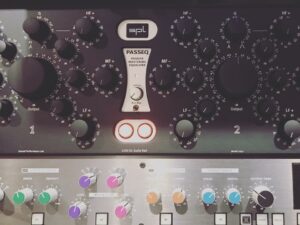 Engineers get that artists have a lot of things to say about their work, and may use poetic language in order to communicate it. And this prose sometimes leads to elaboration. However, there is a saying in sales, called K.I.S.S, which stands for Keep It Simple, Stupid. This is because people understand things if they are simplified. No need to get technical, or elaborate. Just say what you mean. A good way of easily communicating is to provide examples of things that already exist. Let’s be real, nothing is new under the sun, so if we can pinpoint where that idea is coming from, then maybe it can be recreated, with a flourish that makes it your own.
Engineers get that artists have a lot of things to say about their work, and may use poetic language in order to communicate it. And this prose sometimes leads to elaboration. However, there is a saying in sales, called K.I.S.S, which stands for Keep It Simple, Stupid. This is because people understand things if they are simplified. No need to get technical, or elaborate. Just say what you mean. A good way of easily communicating is to provide examples of things that already exist. Let’s be real, nothing is new under the sun, so if we can pinpoint where that idea is coming from, then maybe it can be recreated, with a flourish that makes it your own.

